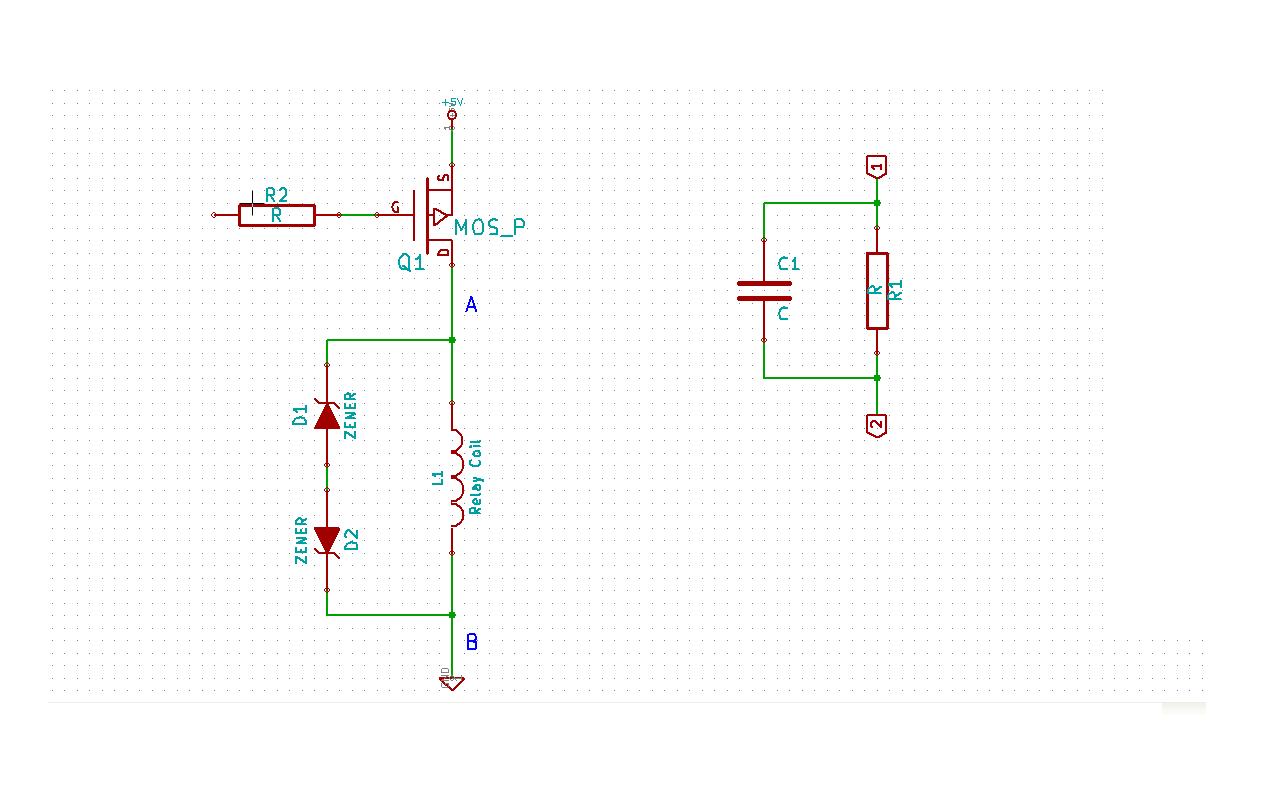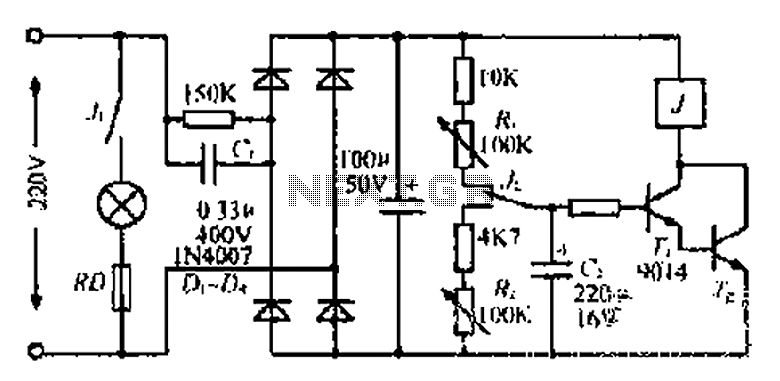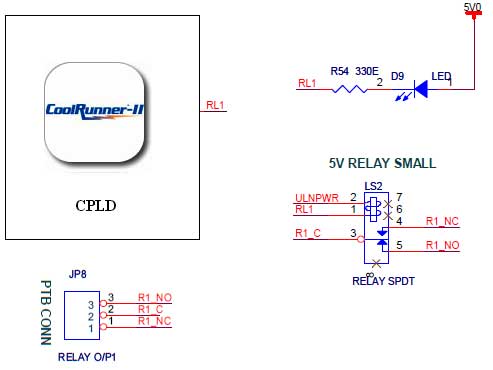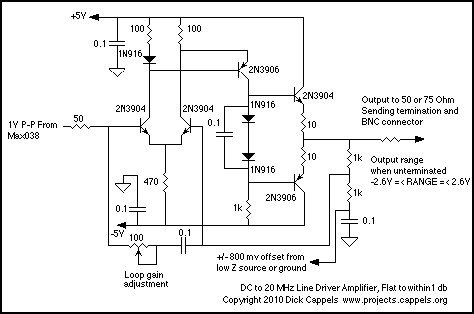
Relay Driver
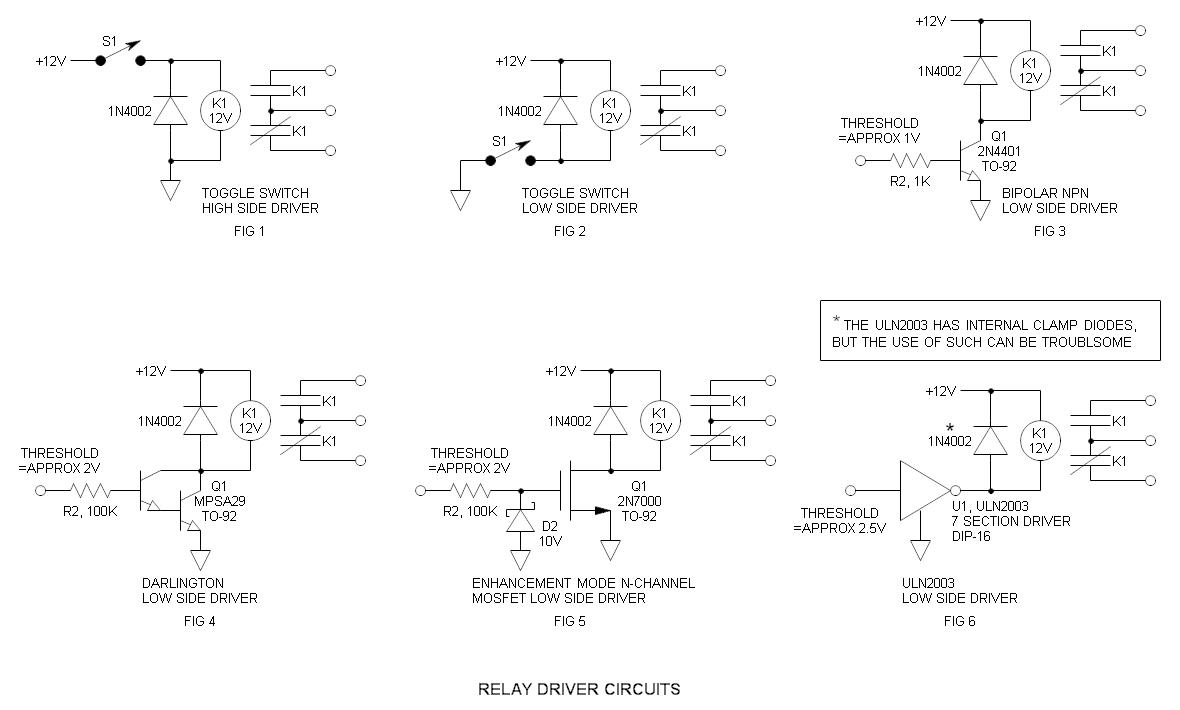
Relays have been in use for a considerable duration. Although they are frequently substituted with solid-state switches, relays possess distinct characteristics that render them more robust.
Relays are electromechanical devices that utilize an electromagnetic coil to mechanically operate a switch. The fundamental operation involves energizing the coil, which generates a magnetic field that attracts a movable armature. This movement either opens or closes the contacts within the relay, allowing or interrupting the flow of current in the circuit.
The design of a relay typically includes several key components: the coil, the armature, the spring, and the contacts. The coil is wound from insulated wire and is responsible for generating the magnetic field. The armature, often made of ferromagnetic material, is pivoted and held in place by a spring when the coil is not energized. When current flows through the coil, the magnetic field overcomes the spring tension, causing the armature to move and change the state of the contacts.
Relays are available in various configurations, including normally open (NO) and normally closed (NC) types. NO relays allow current to flow only when the coil is energized, while NC relays permit current to flow when the coil is de-energized. This versatility makes relays suitable for a wide range of applications, including automation systems, motor control, and signal switching.
One of the primary advantages of relays is their ability to isolate different sections of a circuit. This isolation protects sensitive components from high voltages or currents that may be present in other parts of the system. Additionally, relays can handle high inrush currents and provide a degree of electrical noise immunity.
Despite the rise of solid-state devices, relays remain relevant due to their simplicity, reliability, and ability to operate in extreme conditions. They can be found in various environments, from industrial machinery to household appliances, underscoring their enduring significance in electronic design.Relays have been around for a long time and though often now replaced with solid state switches, they have unique properties that make them more robust tha.. 🔗 External reference
Relays are electromechanical devices that utilize an electromagnetic coil to mechanically operate a switch. The fundamental operation involves energizing the coil, which generates a magnetic field that attracts a movable armature. This movement either opens or closes the contacts within the relay, allowing or interrupting the flow of current in the circuit.
The design of a relay typically includes several key components: the coil, the armature, the spring, and the contacts. The coil is wound from insulated wire and is responsible for generating the magnetic field. The armature, often made of ferromagnetic material, is pivoted and held in place by a spring when the coil is not energized. When current flows through the coil, the magnetic field overcomes the spring tension, causing the armature to move and change the state of the contacts.
Relays are available in various configurations, including normally open (NO) and normally closed (NC) types. NO relays allow current to flow only when the coil is energized, while NC relays permit current to flow when the coil is de-energized. This versatility makes relays suitable for a wide range of applications, including automation systems, motor control, and signal switching.
One of the primary advantages of relays is their ability to isolate different sections of a circuit. This isolation protects sensitive components from high voltages or currents that may be present in other parts of the system. Additionally, relays can handle high inrush currents and provide a degree of electrical noise immunity.
Despite the rise of solid-state devices, relays remain relevant due to their simplicity, reliability, and ability to operate in extreme conditions. They can be found in various environments, from industrial machinery to household appliances, underscoring their enduring significance in electronic design.Relays have been around for a long time and though often now replaced with solid state switches, they have unique properties that make them more robust tha.. 🔗 External reference

